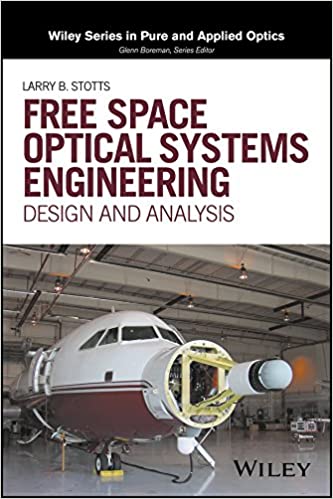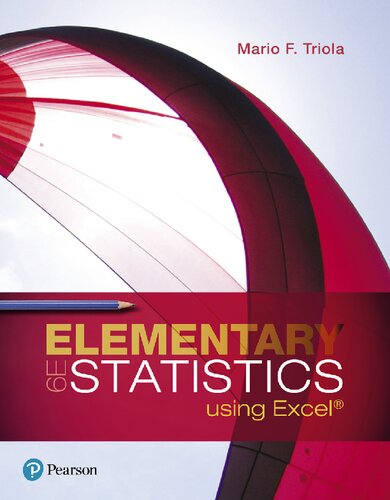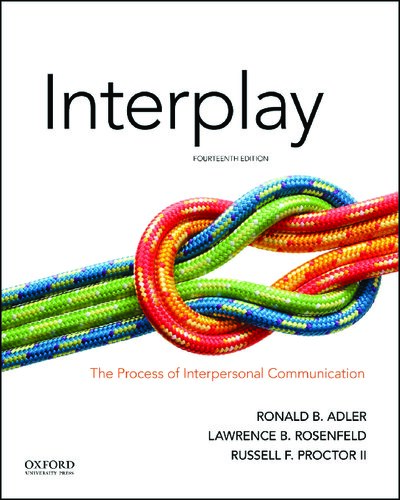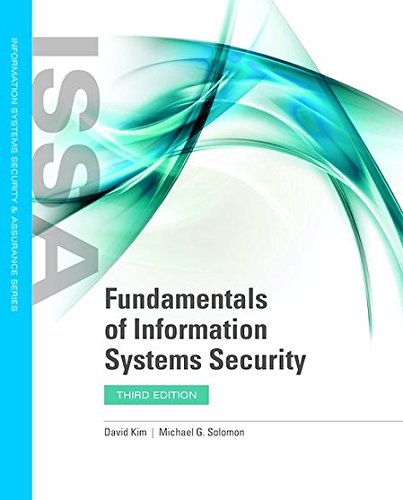Free Space Optical Systems Engineering: Design and Analysis – eBook PDF
Gets you pace up with the theoretical and practical aspects of free space optical systems engineering design and analysis
One of today’s rapidly growing system design and analysis disciplines is free space optical systems engineering for communications and remote sensing applications. It is related with creating a light signal with particular characteristics, how this signal is affected and transformed by the medium it traverses, how these effects can be mitigated both pre- and post-detection, and if after detection, it can be differentiated from noise under a certain standard, e.g., receiver operating characteristic. Free space optical systems engineering is a complicated process to design against and analyze.
While there are many good introductory texts devoted to key aspects of optics—such as lens design, lasers, fiber and free space detectors, optical communications, and remote sensing—until now, there were none offering thorough coverage of the basics needed for optical systems engineering.
If you’re an upper-division undergraduate, or first-year graduate student, looking to gain a practical understanding of electro-optical engineering basics, Free Space Optical Systems Engineering: Design and Analysis, (PDF) is intended for you. Topics and tools are covered that will train you for graduate research and engineering in either an academic or commercial environment. If you are a scientist or an engineer considering making the move into the opportunity rich field of optics, this all-in-one guide delivers you up to speed with everything you need to know to hit the ground running, utilizing your experience and expertise acquired previously in alternate fields. Following an overview of the mathematical basics, this ebook offers a concise, yet thorough coverage of, among other crucial topics:
- Maxwell Equations, Fourier Optics, Geometrical Optics, Partial Coherence theory
- Lasers, blackbodies/graybodies sources and photodetectors (e.g., PIN, ADP, PMT) and their inherent internal noise sources
- Basic probability theory, Linear algebra, Statistics, Detection and Estimation theory, Replacement Model detection theory, LADAR/LIDAR detection theory, optical communications theory
- Important aspects of atmospheric propagation in real environments, including commonly used models for characterizing beam, and spherical and plane wave propagation through free space, turbulent and particulate channels
The ebook offers clear, detailed discussions of the basics for free space optical systems design and analysis, along with a plethora of worked examples and practice problems—found throughout the ebook and on a companion website. Their intent is to help you test and hone your skill set and assess your comprehension of this important area. Free Space Optical Systems Engineering is an invaluable introduction for students and professionals alike.
NOTE: The product includes the ebook, Free Space Optical Systems Engineering: Design and Analysis in PDF. No access codes are included.










Lily Peterson (verified owner) –
Very smooth transaction, quick delivery.
Nathan Scott (verified owner) –
Everything was perfect—quick, easy, and fast delivery.